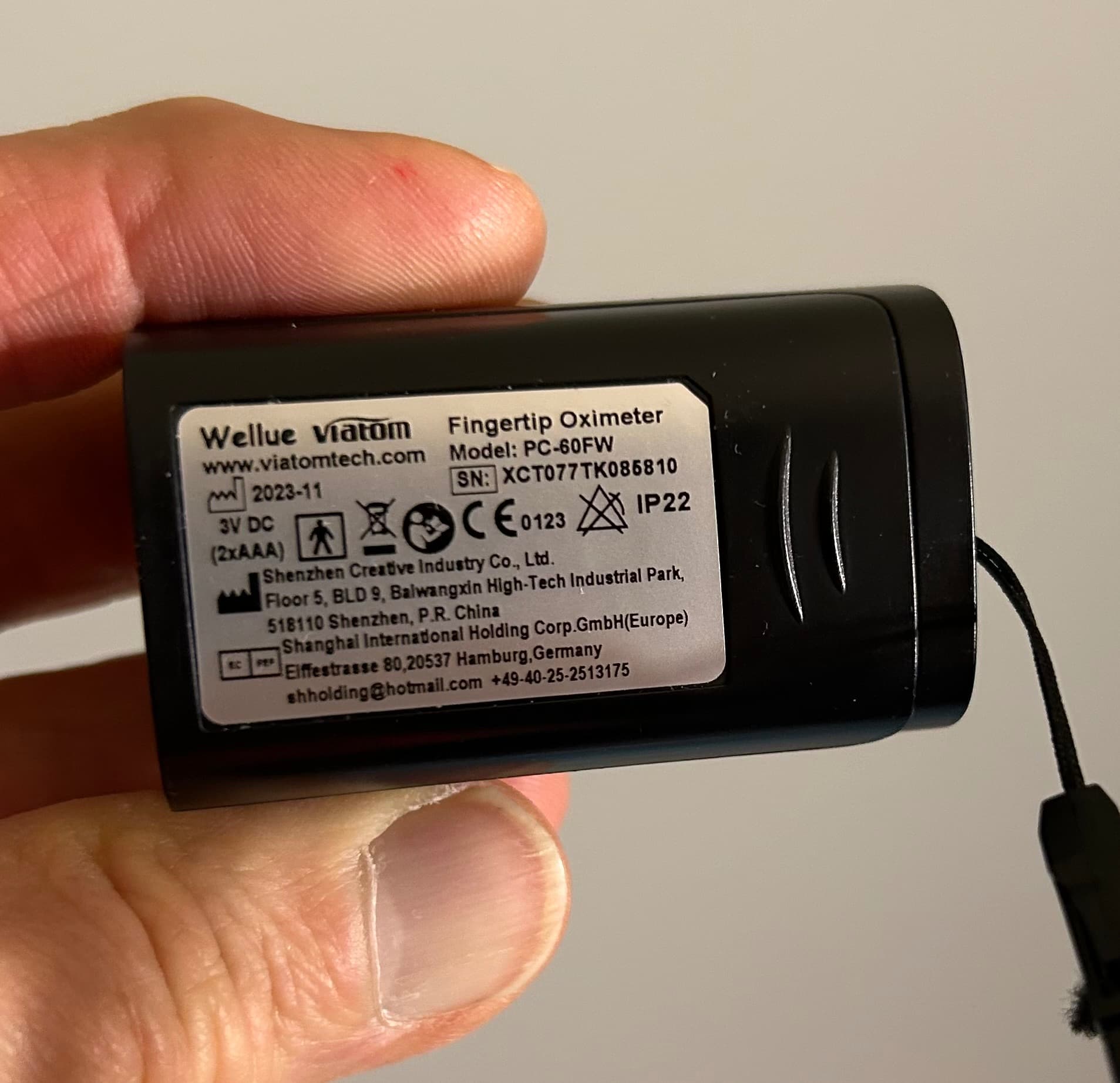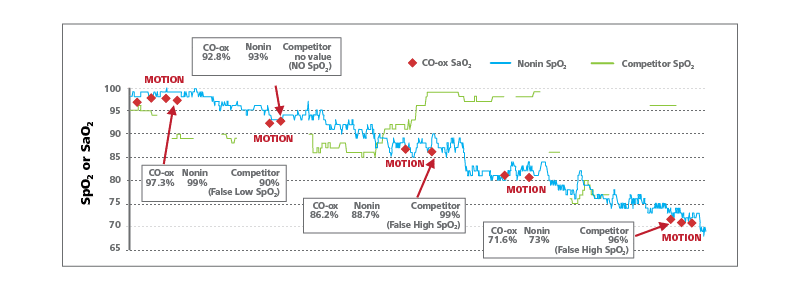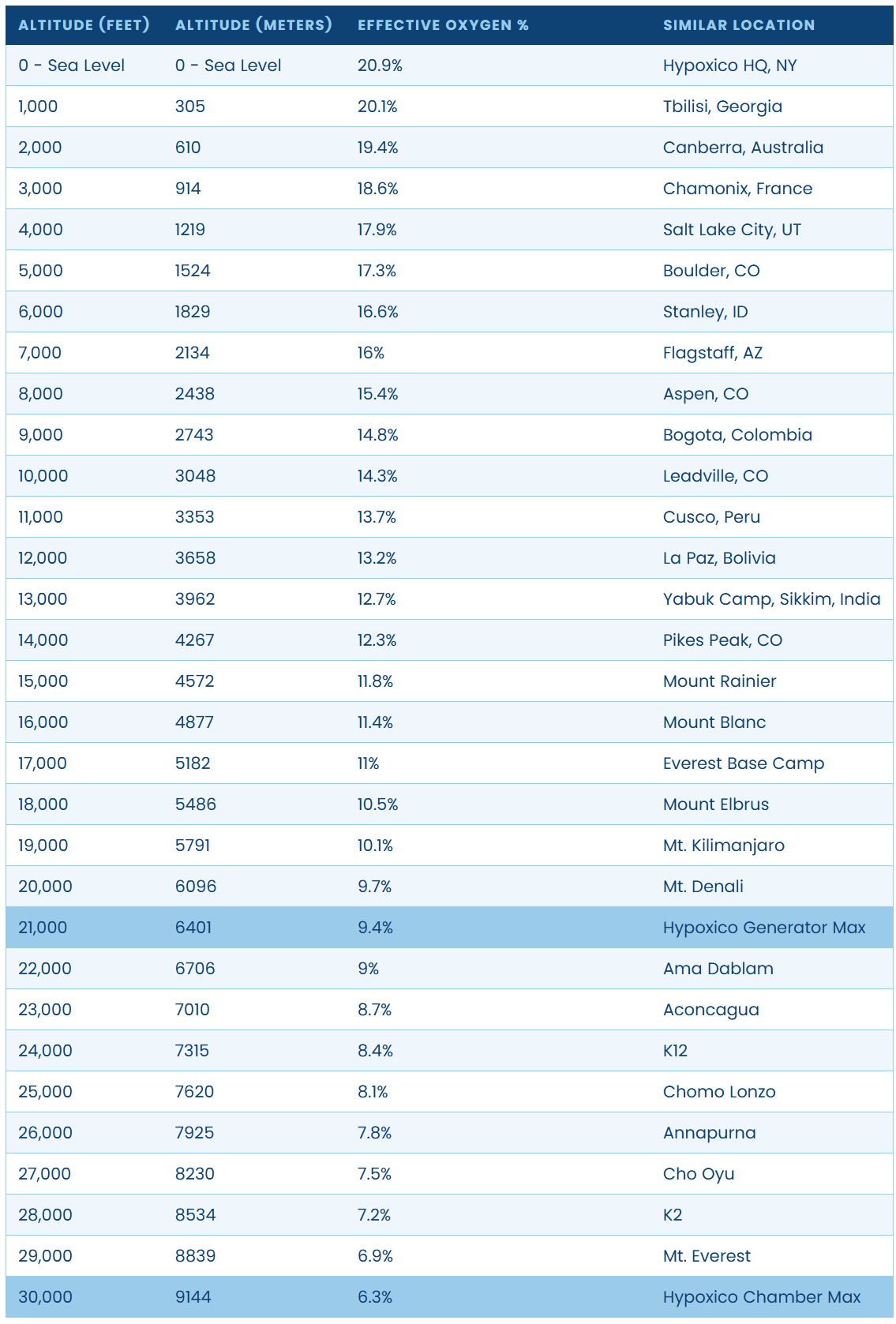Eight days of MIH consisting of twelve 2-minute bouts of hypoxia interspersed with 2 minutes of normoxic recovery. Slight hypercapnia (+2 mmHg) was maintained throughout.
Upper airway collapsibility improved (n=4, 0.45±0.31, d=0.7) and was present 2 weeks postintervention (0.66±0.46, d=0.4). Apnea-hypopnea index reduced following MIH (0.44±0.20, d=0.6) and 2 weeks after (0.63±0.28, d=0.2). A significant reduction in sleep fragmentation was also observed (0.64±0.14, d=0.95).
These findings, along with the reduction in the number of arousals, suggest that the neural plasticity elicited by MIH may improve sleep quality in individuals with motor incomplete SCI, which may have positive effects on autonomic function and cognition.
Eight days of MIH consisting of twelve 2-minute bouts of hypoxia interspersed with 2 minutes of normoxic recovery. Slight hypercapnia (+3mmHg) was maintained throughout.
Mitochondrial extraction improved from 55±10% to 89±9% after 8 days of MIH (P=.07). On day 1, oxygen extraction increased from 4.70±1.62 to 4.78±2.14%, respectively. On day 8, the amplitude of oxygen extraction was 2.94%±1.25% and 3.55%±0.76% during initial and final bouts, respectively. Notably, on day 8, the amplitude in oxygen extraction was lower across all bouts compared with day 1. However, the amplitude changes from initial to final bouts were smaller on day 1 (17%±29%) than day 8 (56%±42%). After the 8-day MIH, systolic blood pressure and diastolic blood pressure changes during AD improved by 44%±8% (P<.01) and 43%±5% (P=.01) as OH improved by 88%±21% (P=.01) and 128±50% (P=.02).
Eight days of MIH improved mitochondrial capacity coupled with the reduced oxygen extraction during hypoxia on day 8, suggests an increased oxygen reserve. Likewise, these improvements in mitochondrial function were concurrent with improvements in AD and OH, suggesting that mitochondrial function may be a potential mechanism impacting autonomic function.
In vivo, 8-week-old male Wistar rats were injected with monosodium iodoacetate to induce osteoarthritis and then reared in 12% hypoxia for 24 h, followed by 24 h in steady oxygen, repeated alternately for a total of 28 days. A histological analysis was performed on days 8 and 28.
Intermittent hypoxia increased cartilage metabolism by increasing hypoxia-inducible factor-1α proteins in articular chondrocytes, which may be effective in preventing articular cartilage degeneration in a rat osteoarthritis model.


